Gathering Weather Information
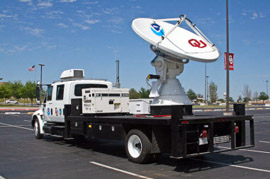
Mobile radar is used to study all kinds of storms. Image courtesy of NOAA/NSSL
Radar is used to find rain and snow. It works by sending pulses of energy out into the world. Some of the energy hits raindrops and snowflakes and gets bounced back—like an echo. This helps scientists figure out where (and how hard) it is raining and snowing.
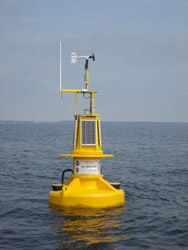
This buoy collects weather and water-quality data for the National Oceanic and Atmospheric Administration. Image courtesy of NOAA
Buoys are objects that float in the water. Scientists have put instruments on some buoys to collect data about air temperature, wind speed and wind direction over large bodies of water.
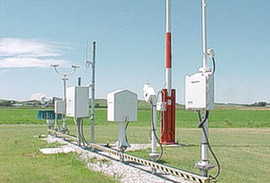
ASOS stations collect all kinds of weather data. Image courtesy of NOAA/National Weather Service
The Automated Surface Observing System (ASOS) is like the buoy system—but on land. ASOS sensors all over the country collect information on fog, rain, wind pressure, temperature and other weather conditions.
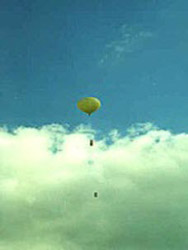
This radiosonde is being launched by the National Oceanic and Atmospheric Administration. Image courtesy of NOAA
Radiosondes are instruments that take in data about pressure, temperature and humidity. They are attached to weather balloons and sent high into the atmosphere.
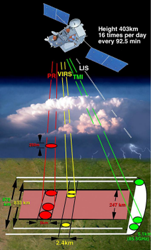
This NASA satellite measures precipitation. The colorful lines represent invisible radar that is sent between the satellite and Earth to gather this information. A signal bounces back to the satellite, providing information about precipitation. Image courtesy of NASA
Weather satellites are big pieces of equipment that circle around the Earth in space. They take pictures of clouds and storms.